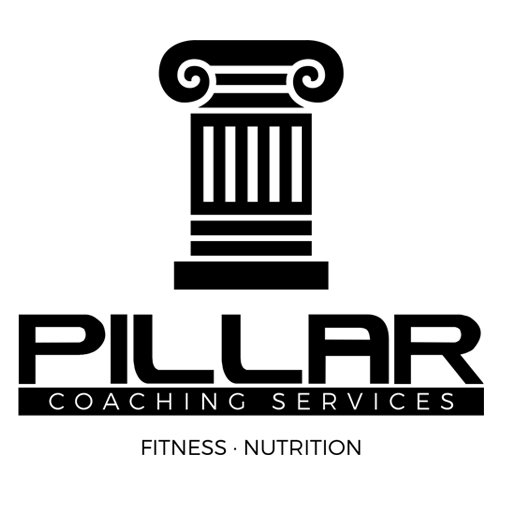How to Make Exercise Pleasurable
If I asked you whether you'd like a longer, healthier life, you'd probably say, "Absolutely!"
The good news? Regular cardiovascular and resistance exercise significantly reduces your risk of heart disease, stroke, diabetes, various cancers, depression, dementia, and many other chronic conditions.
Yet, despite decades of messaging from doctors, the media, and fitness experts, global activity levels haven't really improved.¹ That common wish for a healthier future rarely translates into regular exercise today.
Research indicates why: focusing purely on future health benefits doesn't typically motivate people to exercise more. In fact, nearly 20,000 people across 30 studies showed that emphasizing future gains made little difference.²
But there’s another approach that's proven to make exercise enjoyable—and sustainable.
How the Study Worked
Scientists from Michigan State University teamed up with researchers in Portugal to explore if enjoyment impacts exercise consistency. They specifically asked: Would letting people choose their preferred workout intensity encourage more consistent exercise?
They studied 47 adults aged 18 to 45 who previously went to gyms but typically averaged fewer than five workouts each month. All participants did the same 60-minute sessions, blending cardio, strength training, and stretching. However, half the group (23 people) were encouraged to adjust their exercise intensity based on personal enjoyment. Trainers regularly checked in about their enjoyment during the 8-week study.
What the Study Found
The results were clear: participants who personalized their exercise intensity attended nearly twice as many sessions (14.35 times) as those who didn't adjust intensity (8.13 times). Additionally, those who chose their workout intensity enjoyed their sessions significantly more.
Interestingly, both groups worked similarly hard, averaging around 67% of their maximum heart rate. This shows enjoyable exercise doesn't necessarily mean less effective exercise.
Practical Insights for You
1. Your Preferences Matter
You probably already know which exercises feel good to you—and which don't. By tailoring your workouts around movements and intensities you enjoy, exercise shifts from a chore to something you genuinely look forward to. Maybe you love group classes for their camaraderie, or perhaps exercising outdoors feels rejuvenating. It might even be watching your favorite TV show while on the treadmill. Finding your version of enjoyable exercise is key.
2. You Don’t Need to Be Perfect
You might think consistency has to be perfect to see results. Fortunately, that's not the case. Even moderate consistency brings significant health improvements. Celebrate each workout, no matter how small or imperfect it seems. Every step you take is progress toward better health.
3. Enjoyable Doesn’t Mean Easy
You might worry that if you exercise based on enjoyment, you won't challenge yourself enough. This study assures us otherwise—most people naturally find a balance, achieving meaningful workouts while still enjoying the experience.
Closing Thoughts
In my 15 years of coaching, I've consistently seen one truth: enjoyment is the key to sustainable exercise. Clients who find pleasure in their workouts stay committed effortlessly. Exercise shouldn't feel like punishment; instead, it should be a rewarding part of your day that you anticipate.
Whether it's lifting weights, attending a fun class, or a peaceful walk in nature, when you find what you love, you'll discover that staying active becomes second nature. Remember, the best workout is one you genuinely look forward to.
Take care of yourself, no one else can do it for you.
Michael Beiter
Personal Trainer
Nutrition, Sleep, Stress Management, and Recovery Coach
References
¹ Global Physical Activity Trends
² Behavioral Counseling and Physical Activity
³ Exercise Intensity and Enjoyment Study
The Lancet. 2021. “A Sporting Chance: Physical Activity as Part of Everyday Life.” Lancet 398 (10298): 365.
O’Connor, Elizabeth A., Corinne V. Evans, Megan C. Rushkin, Nadia Redmond, and Jennifer S. Lin. 2020. “Behavioral Counseling to Promote a Healthy Diet and Physical Activity for Cardiovascular Disease Prevention in Adults with Cardiovascular Risk Factors: Updated Evidence Report and Systematic Review for the US Preventive Services Task Force: Updated Evidence Report and Systematic Review for the US Preventive Services Task Force.” JAMA: The Journal of the American Medical Association 324 (20): 2076–94.
Teixeira, Diogo S., Vasco Bastos, Ana J. Andrade, António L. Palmeira, and Panteleimon Ekkekakis. 2024. “Individualized Pleasure-Oriented Exercise Sessions, Exercise Frequency, and Affective Outcomes: A Pragmatic Randomized Controlled Trial.” The International Journal of Behavioral Nutrition and Physical Activity 21 (1): 85.
